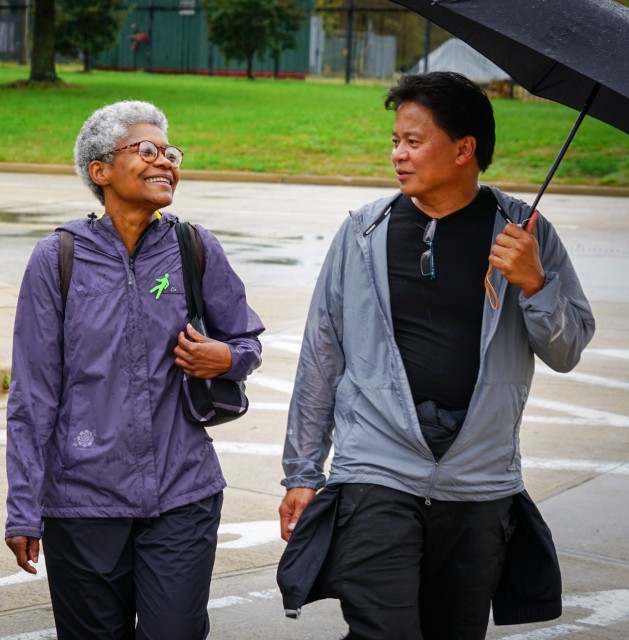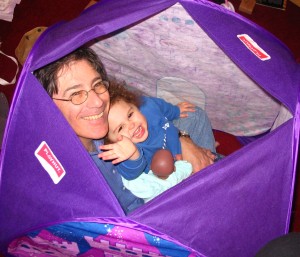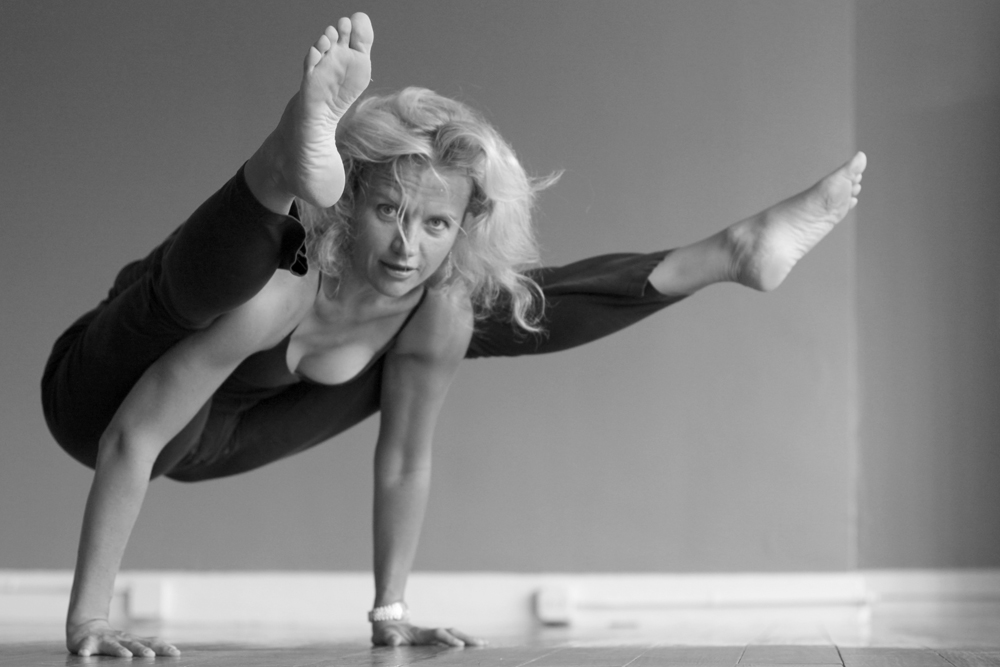Dear Adrian—How can we incorporate exercise into event programs?

Sue Walton, MeCo co-founder, asks on the long-running MeetingsCommunity (MeCo, registration needed):
Q: How do you incorporate exercise into your (event) programs?
A: Exercise during events is important because blood flow to our brains starts to decline within ten minutes of sitting still. Any kind of movement incorporated into sessions helps to boost alertness back to the level when people first sat down.
Adding early morning running or yoga sessions into conference schedules is becoming increasingly common. That’s great, but providing opportunities to exercise between and during conference sessions is also possible. Interpreting “exercise” loosely, here are four additional ways to incorporate exercise into an event.
Walking maps
Before the event, prepare and distribute maps showing walking and/or jogging routes that start and end at the venue. Include time estimates for each route, so participants can see options for exercise that will fit into their schedule. Make it easy for participants to incorporate healthy movement into their conference experience.
Short standing-in-place exercise
If people have been sitting for a while, face the group and lead them in a minute of standing-in-place exercise. You might say “We’ve been sitting for a while, so I’d like to lead you through a minute of gentle exercise. Please avoid anything uncomfortable for you. Please stand [PAUSE].”
Then demonstrate and lead participants through the following:
- “Rotate your shoulders by slowly raising them up, back, and down. Continue for around twenty seconds.”
- “Bring palms together in front of your chest. Slowly raise arms straight above the head, with hands apart or together. While keeping arms raised, slowly swivel hips for twenty seconds.”
- “Slowly turn your head to the right until you feel a slight stretch. Be careful not to tip or tilt your head forward or backward, but hold it in a comfortable position. Hold for ten seconds, and then return to facing forward. Repeat, turning to the left.”
Walking sessions
Schedule sessions where participants are walking and talking together. Intersperse them in the schedule, so no one is sitting for an entire morning or afternoon. Event producers might include a pertinent facility or nearby resource tour, but also consider holding small discussion breakouts while people walk—ideally in interesting or beautiful surroundings, though that’s not necessary.
Make sure that the activity you propose is accessible to those who can’t walk easily; scooter or golf-cart access might be needed.
Just the act of walking while thinking and talking will elevate the quality of the discussion.
Grab!
For a quick energy boost, play Grab! Have people stand and pair up with someone they don’t know. (Another option is to have them find someone with the same color eyes.)
Ask each pair to decide who’s A and who’s B. Then have the A’s hold one hand out, palm and fingers flat and facing B at a comfortable height.
B then points her index finger at A’s palm at the same height. B’s task is then to rapidly touch the center of A’s palm with her index finger and pull it away before A can grab it.
Giggles will ensue! Give each pair around sixty to ninety seconds to play and then have them switch roles.
How have you incorporated exercise into your events? Share your ideas in the comments below.
Photo attribution: Flickr user taedc


 Conferences need to be flexible!
Conferences need to be flexible!